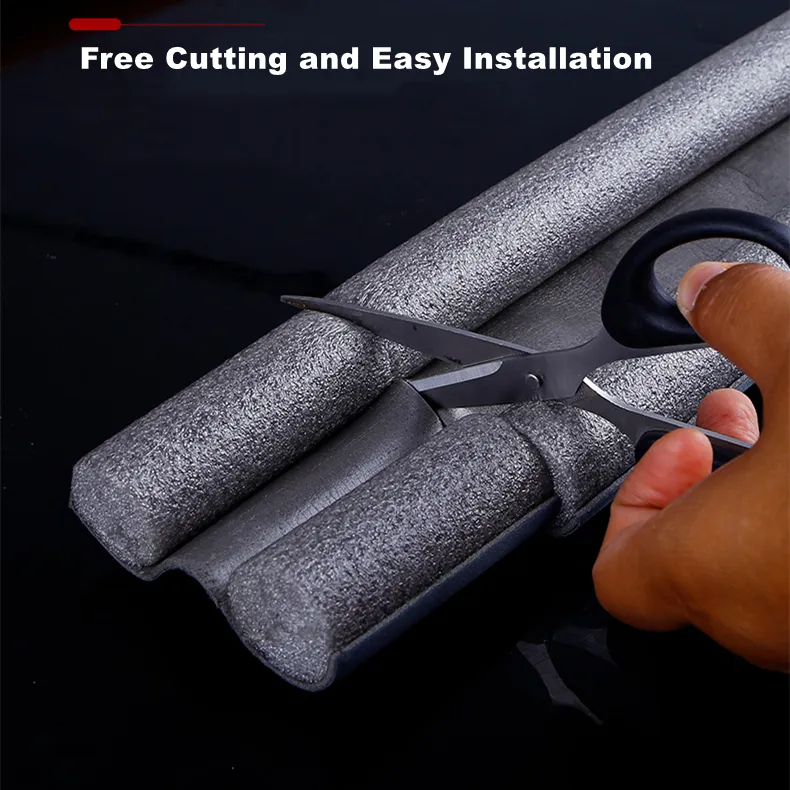Different Sizes of Edge Banding Tape for Your Woodworking Projects
Understanding Edge Banding Tape Sizes A Comprehensive Guide
Edge banding tape is an essential tool in woodworking and cabinetry, providing a finished edge to plywood, particle board, and MDF (Medium-Density Fiberboard) surfaces. The primary function of edge banding is to cover the exposed edges of these materials, which can be prone to chipping and moisture absorption. While the performance and appearance of edge banding tape are vital, understanding the sizes available is equally crucial for ensuring a perfect fit and a professional finish. This article delves into the various sizes of edge banding tape and how to select the right one for your project.
Standard Sizes of Edge Banding Tape
Edge banding tape comes in a range of standard sizes, typically defined by both width and thickness. The most common widths for edge banding tape are 0.5 inches, 0.75 inches, 1 inch, and 1.5 inches. The choice of width depends largely on the material being edge-banded and the aesthetics of the finished product.
For instance, narrower widths like 0.5 or 0.75 inches may be suitable for thinner panels or where a subtle edge is desired, while wider tapes, such as 1.5 inches, can provide a more robust edge that stands out and offers maximum protection against wear and tear.
Thickness is another critical measurement, with standard thicknesses ranging from 0.4 mm to 3 mm. Thicker edge banding tape is typically more durable and offers better protection, making it ideal for surfaces that experience heavy use, such as kitchen cabinets or office furniture. Thinner tapes, on the other hand, are often used for decorative purposes and can be applied to more delicate projects.
Choosing the Right Size
edge banding tape sizes

Selecting the appropriate size for edge banding tape is essential for achieving a seamless look and optimal functionality. A poorly fitting tape can result in gaps or an uneven surface, undermining the overall aesthetic of the project. Here are some key considerations when choosing the right size
1. Material Type Consider the board material being edged. Plywood and MDF are commonly used in construction, and their thickness can influence the width and thickness of the edge banding tape you choose.
2. Project Requirements Assess the intended use of the finished piece. If it’s for high-traffic areas or commercial settings, opting for thicker and wider tape may provide better durability and longevity.
3. Color and Finish Ensure that the size you choose matches the color and finish requirements of your project. Many edge banding tapes come in various colors and textures, including wood grain finishes that can mimic the look of real wood.
4. Application Method The application method can also influence your size selection. For instance, if you’re using a hot melt adhesive, ensure that the tape size matches the heating and application capabilities of your equipment.
Conclusion
In summary, understanding the various sizes of edge banding tape is crucial for any woodworking or cabinetry project. By considering factors such as board material, project requirements, and application method, you can select the right tape size to ensure a flawless finish. Whether you are a professional craftsman or a DIY enthusiast, investing time in choosing the appropriate edge banding tape can elevate the quality and craftsmanship of your work, resulting in stunning and durable furniture that stands the test of time. So, take the leap and explore the variety of sizes available, and make your next project a polished masterpiece!
-
Under Door Draught Stopper: Essential ProtectionNewsJul.31,2025
-
Garage Door Seal and Weatherstrips for ProtectionNewsJul.31,2025
-
Edge Banding Tape for Perfect EdgesNewsJul.31,2025
-
Table Corner Guards and Wall Corner ProtectorsNewsJul.31,2025
-
Stair Nose Edging Trim and Tile Stair SolutionsNewsJul.31,2025
-
Truck Bed Rubber Mats for Pickup BedsNewsJul.31,2025
-
Window Weather Stripping for Noise ReductionNewsJul.29,2025